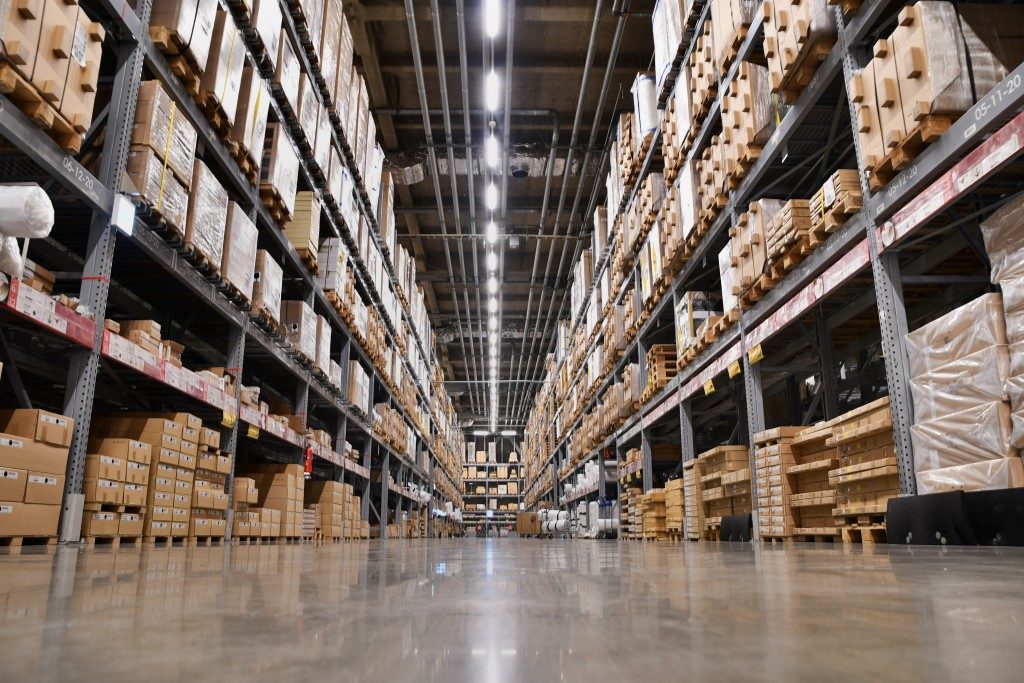Going to work is risky for many Australian workers. Over 560,000 workers experience a work-related injury in any given year. Some industries are even more dangerous to work in than others are.
The transport, postal and warehousing industry is one of the most dangerous industries to work in within the country. It has recorded more fatalities compared to other sectors. In light of this revelation, you need to ensure that your warehouse employees are safeguarded. Every day at work, they face many safety hazards, including the following:
1. Chemical-related dangers
Your warehouse may have served as a storage area for different chemicals over the years. But no matter how experienced your workers are, they need to stay vigilant when chemicals are concerned. There is always a first time for any accident.
You need to think about chemical spills and leaks. Everyone needs to be careful about dangerous chemicals touching their skin. Inhalation of these chemicals is also another issue. It may end up causing respiratory health problems. The inability to contain the chemicals within your warehouse can also cause damage to your property through corrosion and chemical fires and explosions.
You must ensure that you use the right chemical containment items to reduce the chances of chemical spillage or leakage. A good example is the IBC spill containment or bunded pallet that acts as a secondary guard against spills. This kind of pallet will buy you time as you try to find better ways of dealing with chemical spillages.

2. Equipment-related dangers
One of the essential pieces of equipment in a warehouse is the forklift. You use it to move large items from one end of the warehouse to another. No warehouse can do without it. Unfortunately, forklifts are not accident-free.
Reports show that forklifts don’t only cause worker injuries but can also cause fatalities. Your business may also incur losses when your employees sue you for work-related injuries caused by this kind of machinery.
Australia leads in forklift safety. But since this kind of machinery is not fully accident-free, you must remain vigilant. Always ensure that your forklifts, as well as any other pieces of warehouse equipment, are well maintained.
Find the right mechanics to inspect and repair the forklifts and other equipment regularly. Your workers must also be well-trained and experienced enough to handle any kind of machinery in your warehouse. Otherwise, they will not only be a danger to themselves but also their colleagues.
3. Pedestrian-related dangers
Your workers could trip, slip or fall while working in your warehouse. Many things can cause these kinds of accidents. For example, a chemical spill could cause workers who are walking around to slip and fall. They may end up getting exposed to toxic chemicals, as well.
Your employees may fall from great heights. That could be because your warehouse failed to put safety measures in place like safety nets to provide a soft landing. Some falls can be so bad that they cause paralysis or death. If your warehouse floor is not well maintained and has no clear paths, tripping is likely to happen, as well.
Also, take note that some pallets may end up collapsing under the weight of the stored items. Those items may fall on your workers and injure them.
Pedestrian hazards are plenty. But with the right storage structures and policies on handling spills or arranging items, you can reduce many of these dangers.
You can never safeguard your warehouse 100% against the dangers lurking within it. But you can implement several strategies to reduce safety hazards significantly. Doing so not only protects your workers, but it also helps safeguard your business revenues.

